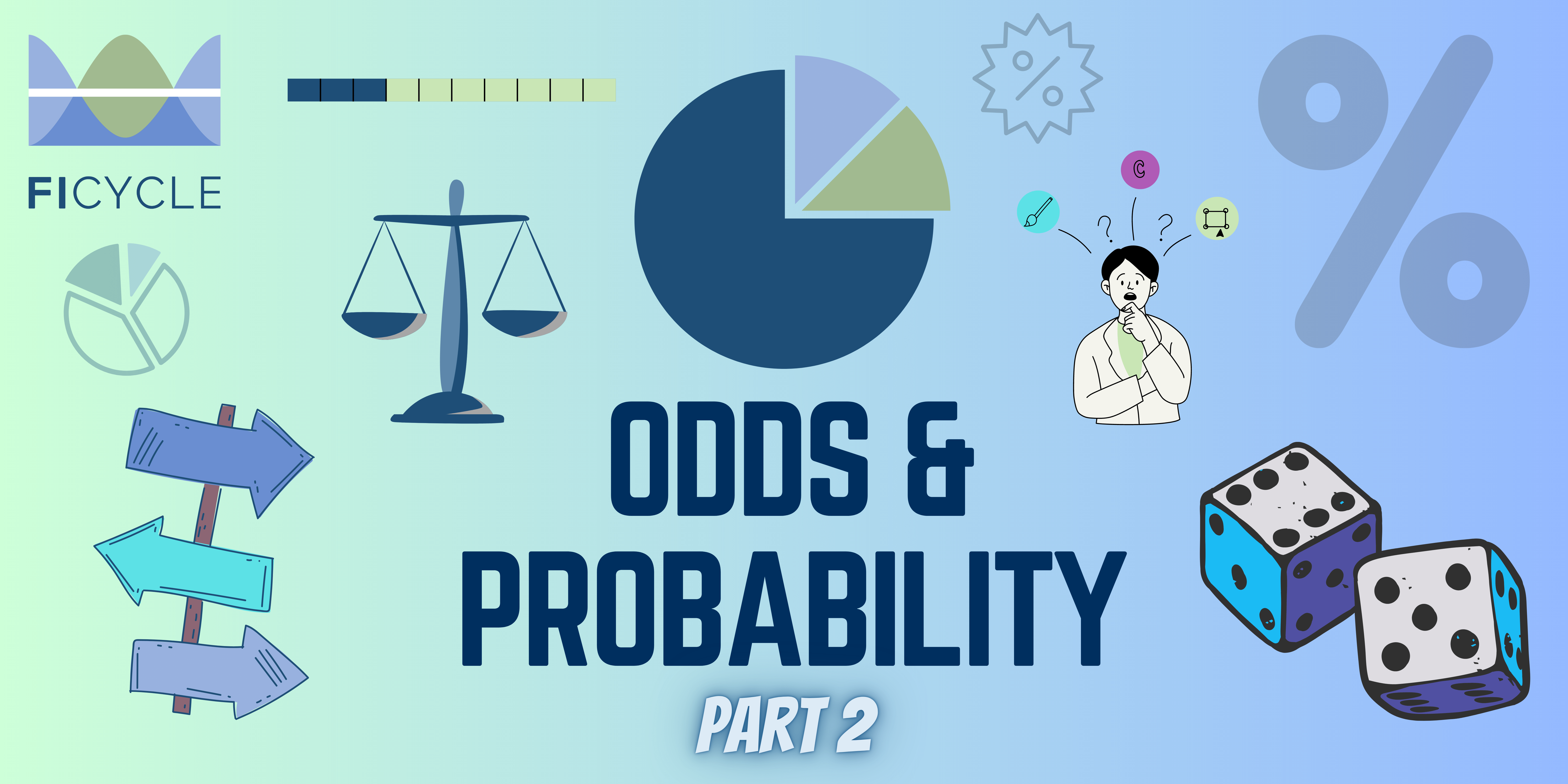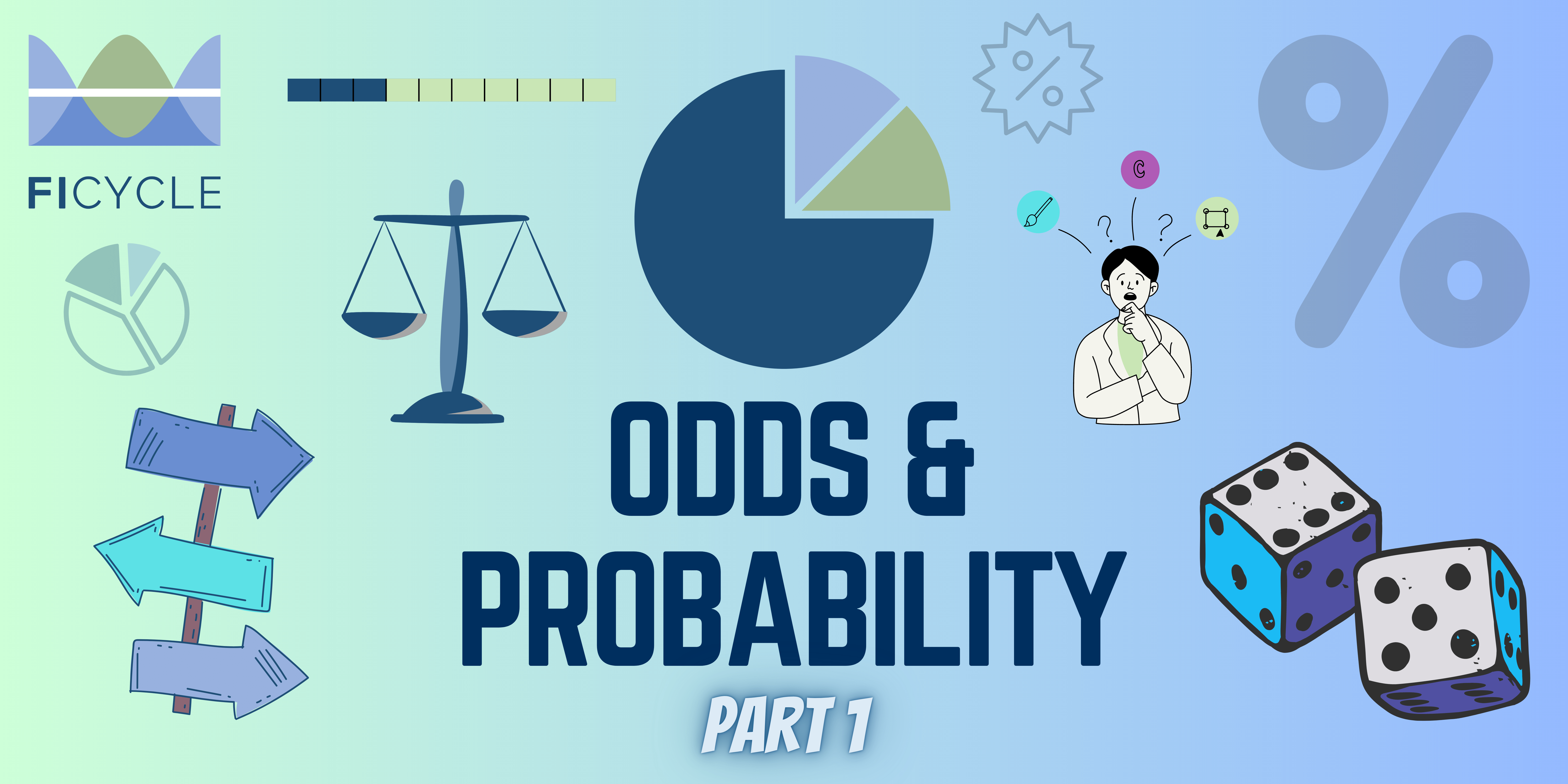Odds & Probability (Part II)
Which is better, odds or probability?
Converting from odds to probabilities is not complicated. Suppose the odds are A to B. Then the probability will be given by A/(A+B). Converting from probability to odds is easy mechanically but then needs to be converted to whole numbers, which involves some judgment. If the probability of an event is P, then the odds of that event are P/(1-P). Let’s say the probability is 60%. Then the odds would be 60%/(1-60%) = .60/.40, which equals 1.5 to 1, or, as is more commonly used, 3 to 2.
The advantage of probability is that it is much easier to work with mathematically.
The probability of either of two independent events occurring is the probability of event A, pA, plus the probability of event B, pB, or pA + pB.
What are the odds of either a 1 to 3 odds event or a 5 to 4 event occurring if they are independent?
The probability of an event is 33%, and the probability of another independent event is 55%. What is the probability that either of the events happen?
Independent means that the events do not overlap, like horses in different races.
The probability of two independent events occurring is pA * pB.
What are the odds of both a 1 to 3 odds and a 5 to 4 odds event both occurring?
The probability of an event is 33%, and the probability of another event is 55%. What is the probability that both of these events happen?
The easiest way to solve many odds problems is to convert everything to probabilities, compute the result, and then convert it back to odds.
If probabilities are easier, then why are odds used at all? It is likely that odds are used in gambling because they better reflect the payoff of a bet. If the odds are 3 to 2, in a “fair” bet you would put up $3 on the favorite and your friend would put up $2 on the other team. If your team wins you would get $2 dollars for your $3 bet, and if your team lost, your friend would get $3 for their $2 bet. Odds, as we shall see below, also make it harder to see how much the “house” is making and how much the bettors are paying to play.
Odds in the real world
Somewhat counterintuitively, horse racing odds are actually the odds that your horse will lose. 6 to 1 odds means that your horse is expected to lose 6 out of 7 times or win just 1 out of 7 times.
It might seem that the probability of winning would be 1 in 6, but that would be missing the one time that your horse wins. Six out of seven times your horse loses and one out of seven times it wins.
Odds are Wins/Losses.
Probability is Wins/(Wins + Losses).
The odds reflect your payout for winning. If your horse wins you receive 6 times your bet, plus getting your original bet amount back. Thus, even a horse with a 3 to 5 payout (or 3 to 5 odds of losing), will provide you with a profit if your horse wins, as you will get back $1.20 plus your original $2 for a typical $2 bet.
What about moneyline odds that are frequently used for sporting events? You might see moneyline odds like:
Team A -140, Team B 120.
These are quoted as numbers, not as ratios. In sports, the odds for the favorite are quoted as a negative number, and the odds for the underdog are quoted as a positive number. The absolute value of both numbers is always greater than or equal to 100.
Absolute value is the magnitude of the number without the negative sign. The symbol | |, represents absolute value. For example: The absolute value of -3, written |-3| = 3 and the absolute value of 3, written|3| = 3.
The negative moneyline odds are how much you need to bet to win $100. While the positive number is the amount you will win if you bet $100. Since these have two different definitions, there are two different formulas to convert to implied probabilities. (These are called implied probabilities because they are the probabilities implied by the odds and may not be the true probabilities of the outcomes.)
Negative moneyline odds represent probabilities greater than 50% and the conversion is:
Probability = |odds|/(100 + |odds|), where | | means absolute value.
If the odds are -150, then the probability is 150/250 or 3/5 or 60% chance of winning.
The more negative the odds, the higher the implied probability:
If the odds are -300, then the probability is 300/400 or 75%.
For positive odds,
Probability = 100/(100 + odds)
If the odds are +150, then the probability is 100/250 or 2/5 or 40%.
The more positive the odds, the lower the implied probability.
If the odds are 300, then the probability is 100/400 = 25%
If the odds are 100 or -100, then you can compute that the probability is 50% in both cases.
Gambling is a losing game
As long as both the positive number and the negative number have the same absolute value, then the sum of the probabilities will be 100%. If the absolute value of the negative odds for the favorite is higher than the positive odds for the underdog (or if both are negative), then the sum of the implied probabilities will exceed 100%.
In theory, we know that the probability of all possible outcomes should add up to 100%. With odds, it is more difficult to quickly see if all the payoffs add up to 100% of the bets. If the implied probabilities add up to more than 100%, that is a sign that the sponsor is making money. This is often called the vig, which is short for vigorish.
Think of it this way. Suppose there are four bets with odds of 2 to 1. What if you bet on all four? Then you should have a 100% chance of winning. If each bet is $2, you bet a total of $8. However, when you win, you get back $6 ($4 plus your original $2). What happened to the other $2? The other $2 is kept by the “house” or the party sponsoring the betting.
Let’s look at this from the standpoint of probability. The probability of a win with 2 to 1 odds against, is 1/3. Since there are four bets the total probability is 4/3. Since probabilities must add to 1, the extra 1/3 is the amount of profit or vigorish (vig) going to the house.
Let’s compute the vigorish for a moneyline bet where the odds are -160 and 120.
160/260 + 100/220 = 107%. So 7% is going to the “house.”
In betting, whether online or at the races, the “house” is always making money so that means that on average everyone else is losing. The next time you see moneyline odds when watching a game check to see if the absolute value of the negative number is greater than the positive number. The difference is profit to someone else.
In our next blog, we will compare gambling to investing to see why investing has a positive expected value while gambling has a negative expected value.



